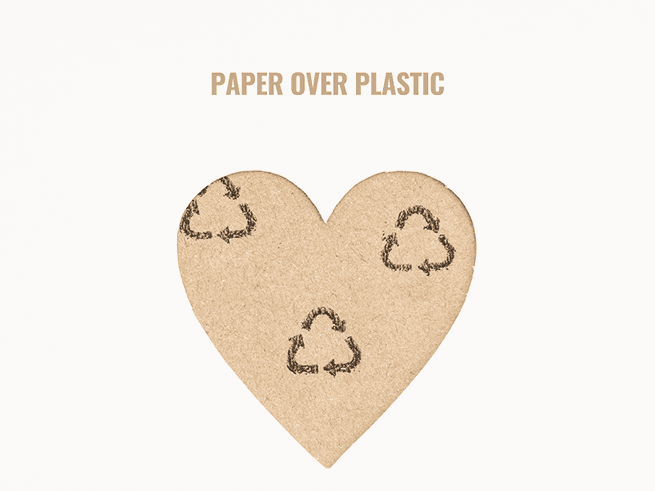How Much Pulp Constitutes To The Pricing Of Tissue Amongst Other Products?
We have all been highly motivated in tracking pulp prices, and the slightest change in pulp prices prompts us to get back to the mills to seek price reductions and their support in ensuring better profitability and competitiveness in the market. But how much of a difference does Pulp make?
Before we understand the difference pulp makes, let us understand the process in depth, so that we understand how the mills get affected!
Any Paper producing process consists of three parts, each part has a different impact on the overall pricing of the finished sheet:
- Logging
- Pulping
- Paper Production
The process starts from the logging of the trees, these huge logs of trees are then transported from the plantations to the chipper, where the logs are debarked and chipped into small chips. It is these chips that are further pulped. The logs can also be sold to alternative markets such as timber, plywood amongst others, if the realization is better. Whilst pulping, the goal is to separate the cellulosic content, and there are massive digesters, pulpers and recovery boilers, where the pulp is made. The byproduct of pulping is energy, which helps in reducing the cost of the process, but however the cost of depreciation, chemicals and drying if involved is significantly high. Thus integrated mills benefit, as pulping is a net energy positive process, however majority of the mills work on Pulp Sheets, which involves manufacturing dry pulp sheets, which is not very efficient in terms of energy. The cost of Pulping if it falls down below USD 450 PMT Ex-Mill, the pulp mills find it more advantageous to take a shutdown.

All in all, whilst Pulp comprises of the major component, there are other factors that play a key role in determining the price of the paper. A typical cost sheet of the mill based on non-integrated pulp, as pulp is a commodity with very similar prices all around the world. The current price as on date of this blog is in the range Hardwood: USD 550 PMT and Softwood: USD 650 PMT. Each grade of paper and tissue has a different percentage blend of the two pulp. However, taking a midpoint grade of 18 GSM Towel.

Based on the below please find the cost sheet:
| Cost Head | Percentage/Units Used | Unit Cost (USD) | Input Cost (USD) |
| Hardwood Pulp1 | 70% | 655 | 458.5 |
| Softwood Pulp 1 | 30% | 765 | 229.5 |
| Cost of Energy to make 1 MT (Steam+Power) | 1000 KwH | 0.1 | 100 |
| Chemicals* | 1 | 60 | 60 |
| Yeild Loss | 7% of the above costs | 52 | |
| Fixed Cost** | 100 | ||
| Total Operational Cost to make 1 MT of Tissue | 1000 | ||
| Admin + Selling and Distribution | 5% of the total cost | 50 | |
| Profit | 5% of the total cost | 50 | |
| Total Cost to sell to Market (Ex – Mill) | 1100 |
The cost of pulp is taken assuming 10% duty and USD 50 to transport the pulp from port to mill. The international pulp price we see or read about is only delivered seaport prices.
*Chemicals is an array of chemicals used such as MG Yankee Release, Wet Strength Resin, Coagulant, Dry Strength Resin, amongst others.
**Fixed cost includes water and water treatment, as the same is not a major cost in most regions and the mill includes the same in the Fixed Costs. Average Interest and Depreciation based on the laws prevalent in India. The costs would be more or less the same anywhere in the world. Fixed cost also includes the repair and maintenance
This is an average cost borne by most mills whilst pulp makes up USD 688 of the cost, it is only 62.54% of the cost. The remaining cost comprises of factors that haven’t shown much reprieve in the last one year. Pre-Covid, the manufacturing cost of the mill used to be calculated as Pulp + USD 250 PMT; however, Post-Covid, the same should be seen as Pulp + USD 310 PMT to arrive at a weighted average cost of the mill.
However, if the mill does not make a profit why would it invest millions in the machine? A single machine standalone Tissue Machine would cost between USD 65 – 100 Million, and imagine the interest on the same, and the ROI expected by the promoters. The cost of interest on a USD 65 million loan on a period of 5 years would be close to USD 19.5 Million, which would amount to around USD 4 Million. Thus a Tissue Plant that produces roughly 100 MT day would have a financial impact of just interest, let alone depreciation at USD 110 PMT. This would give you perspective on the complications faced by the mills.
The goal of the exercise is to make you aware that whilst most manufacturers have had a good run in COVID, owing to disturbed cyclic chain, however, they are in a very deep waters at the moment and in order for us to survive it is critical that they survive first! For if we kill the source of food, what would we thrive on!


